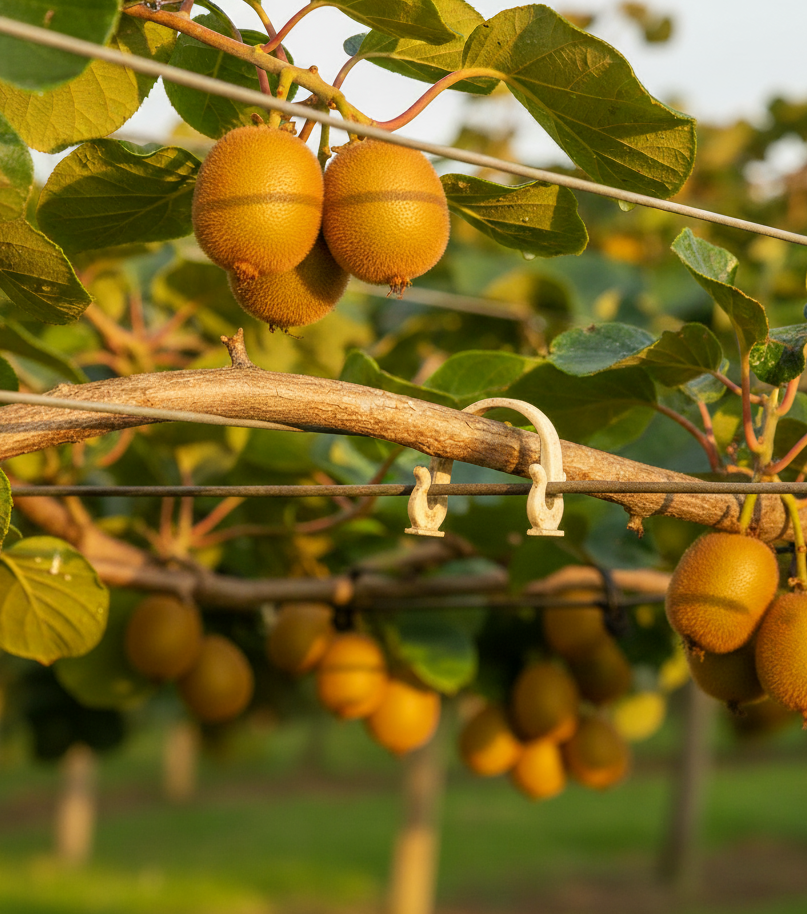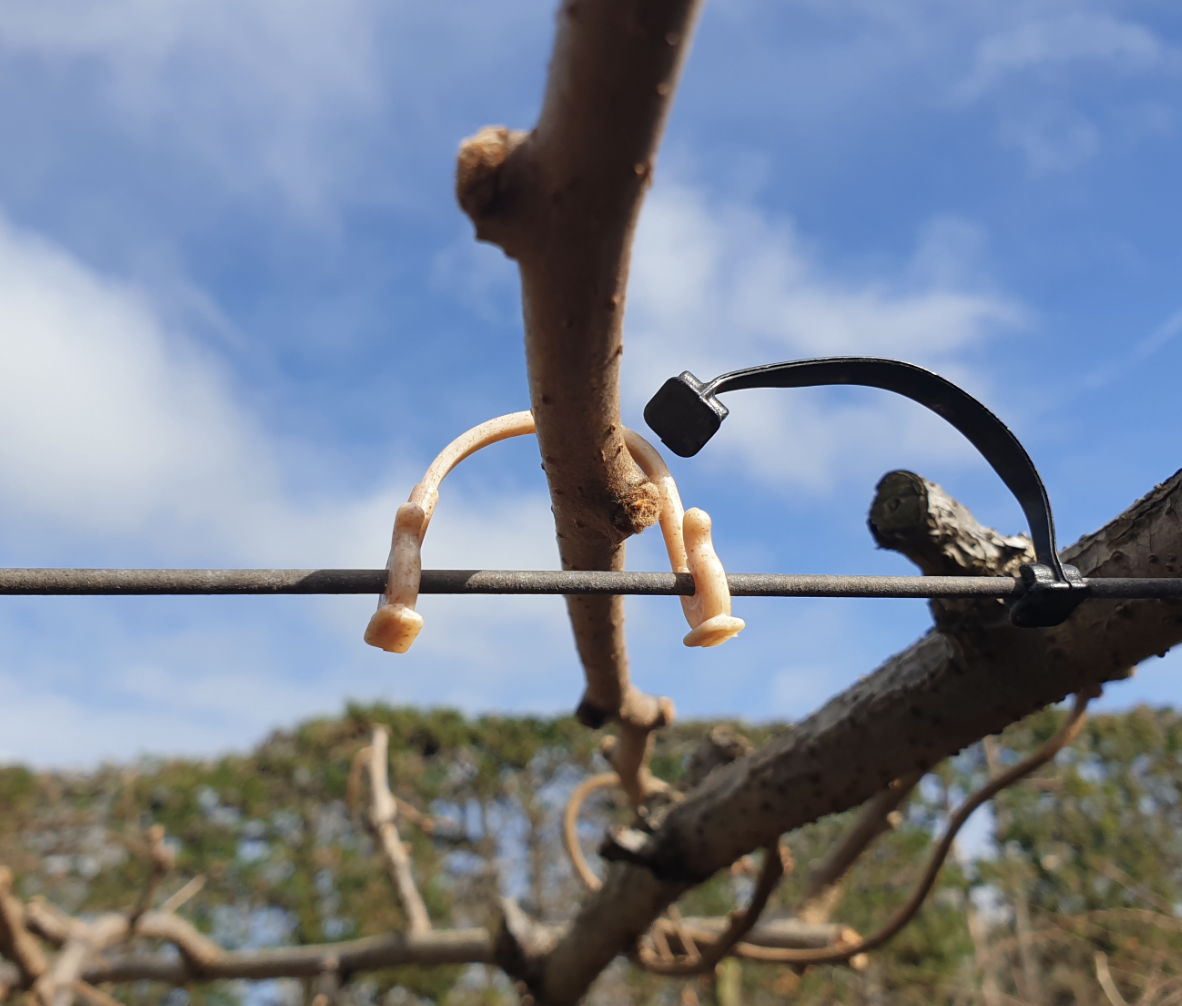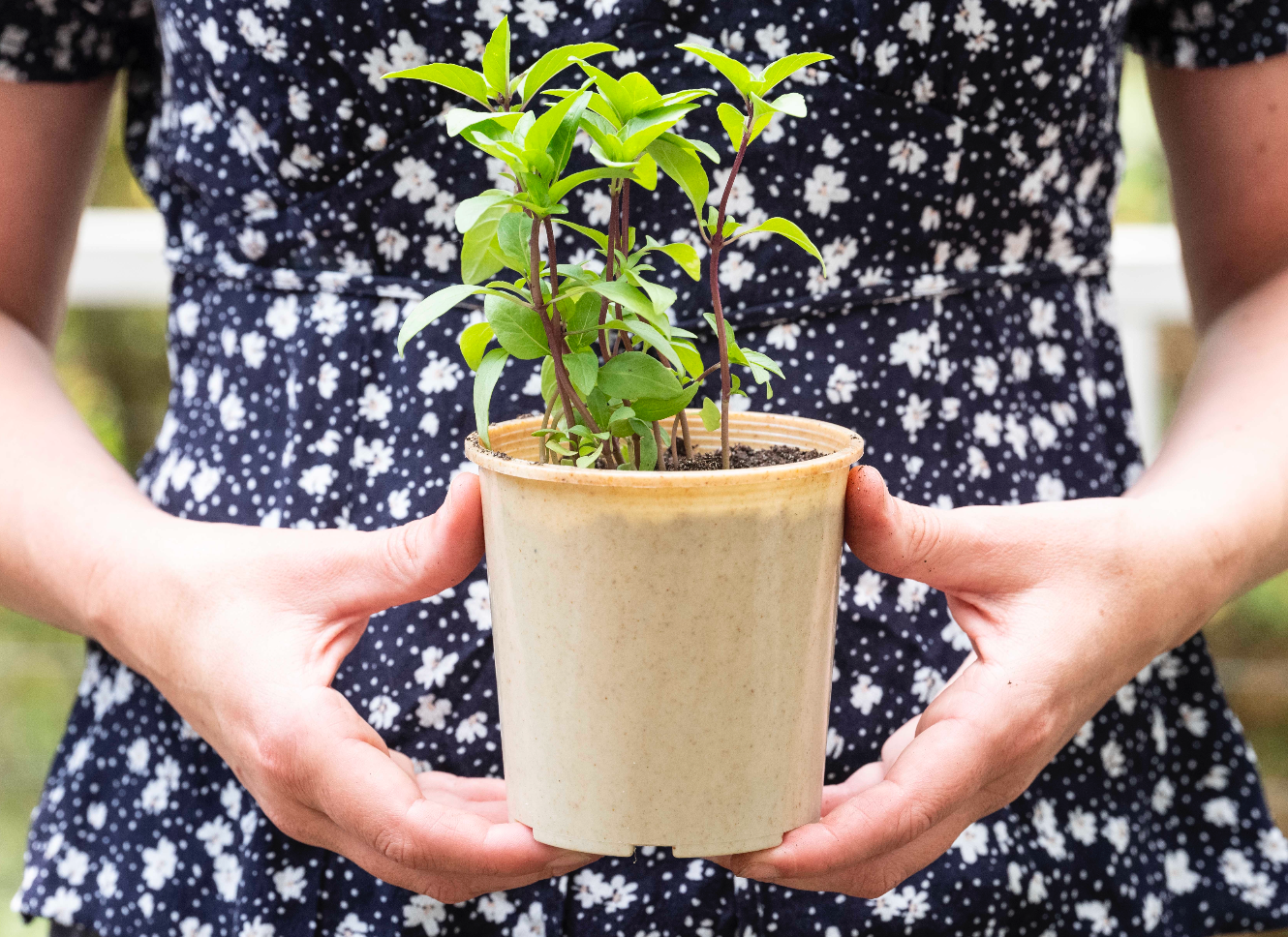Choosing the Right Rebar Safety Cap: Materials That Protect Workers and the Planet
Walk onto any active construction site and you'll see them everywhere: brightly colored caps perched on exposed rebar, standing guard like colorful sentinels. They look simple—almost cheerful in their bright yellows and oranges. But those little caps are doing quiet, essential work every single day, protecting thousands of workers from cuts, scratches, and puncture wounds while keeping job sites safe and visible.
Here's what makes this moment exciting: the construction industry is discovering that protecting workers and protecting the planet don't have to be separate goals. Smart material innovation means we can have safety equipment that performs flawlessly during its working life and disappears responsibly once the job is done. The question isn't whether better solutions exist—they're already here. The question is simply which material makes the most sense for your next project.
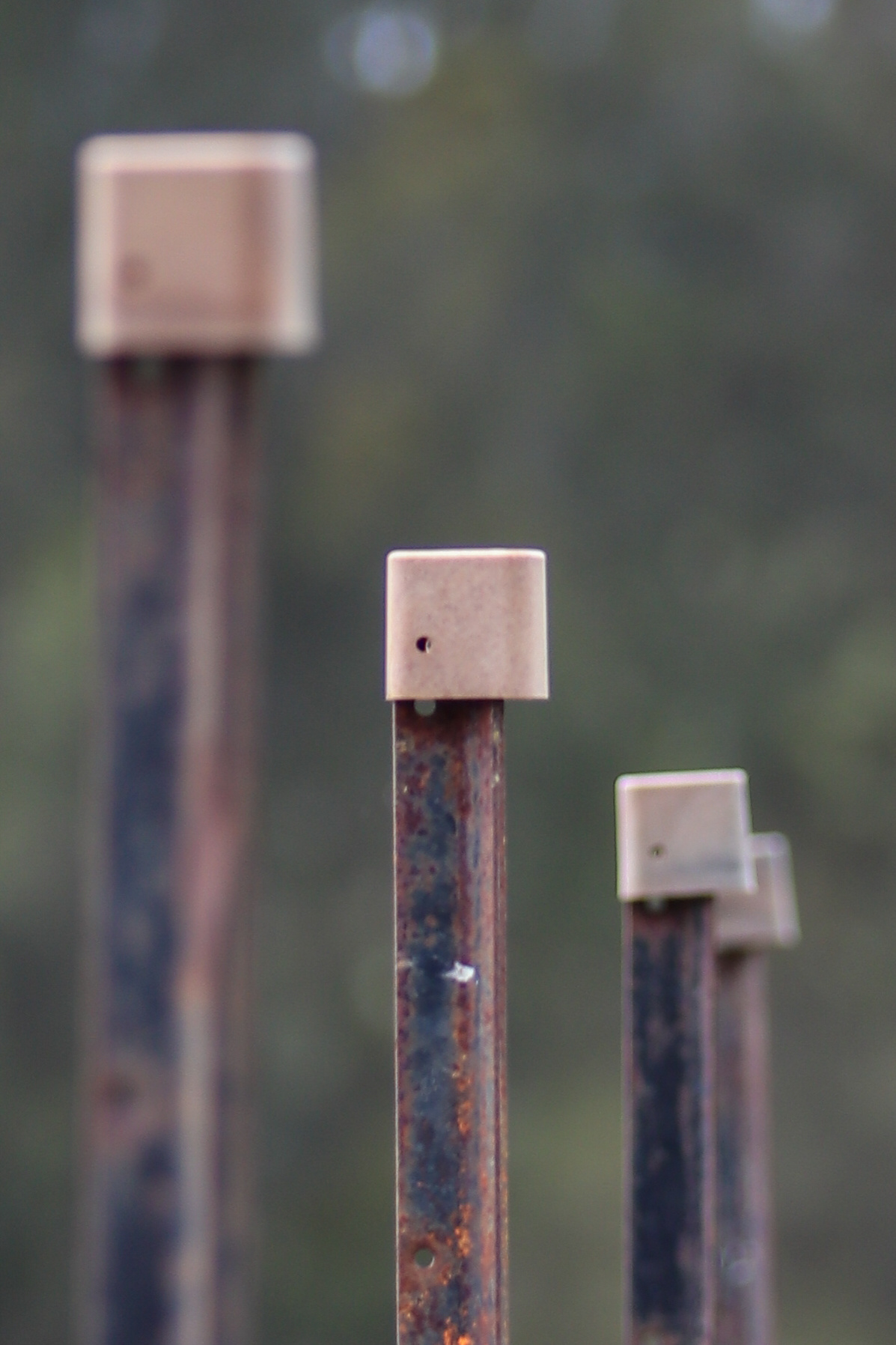
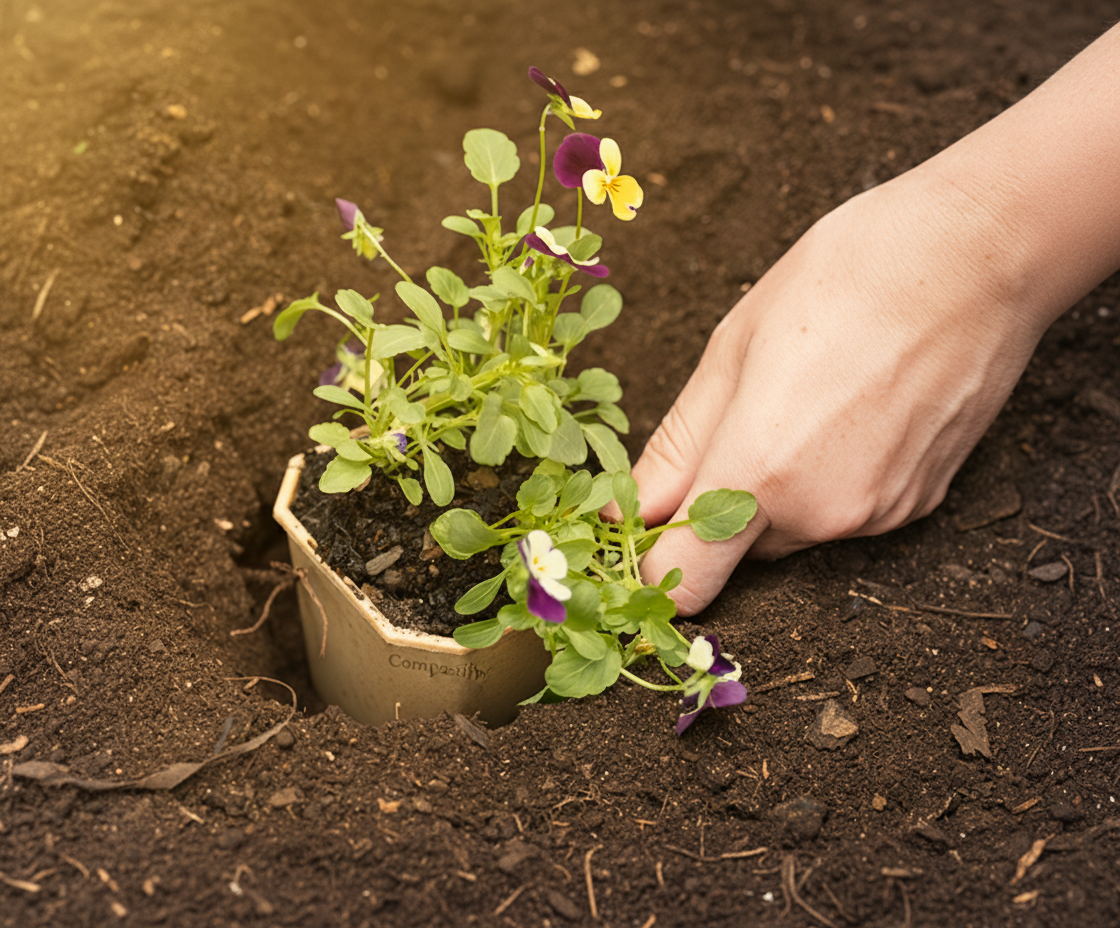
.png)
